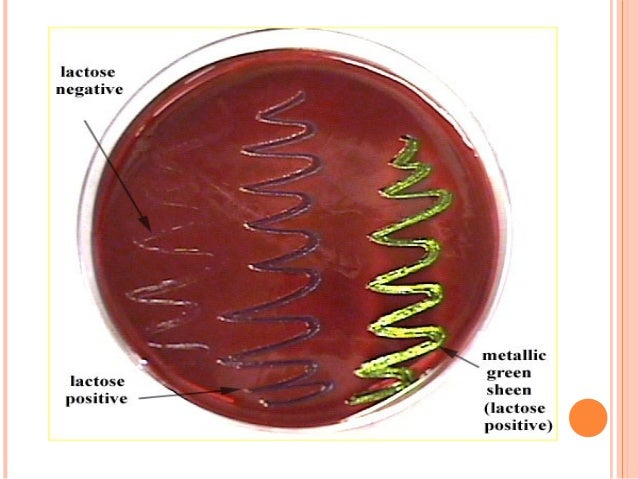

- NON LACTOSE FERMENTING GRAM NEGATIVE RODS TREATMENT HOW TO
- NON LACTOSE FERMENTING GRAM NEGATIVE RODS TREATMENT SKIN
Three species Escherichia coli, Klebsiella pneumoniae and Proteus mirabilis account for 80-95% of all Enterobacteriaceae from clinical specimens. They are facultative anaerobes, are oxidase negative and catalase positive. The Enterobacteriaceae are a large family of Gram negative bacilli, primarily found in the gastrointestinal tract of humans and other animals. A travel and food history may suggest Salmonella infection is a possibility. Both typhi and non typhi salmonella bacteraemia should result in a patient being tested for HIV. Salmonella: Non typhi salmonella have become more common as a cause of bacteraemia when previously they caused only diarrhoeal disease.The spectrum of infections these bacteria cause can be considered the same as E. They are less common causes of infection than E. coli Enterobacteriaceae (Klebsiella, Enterobacter, Citrobacter, Morganella, Proteus, Providencia, Serratia): These bacteria are able to survive for long periods (years) within the human gastrointestinal tract, but they are principally environmental bacteria. coli causes diarrhoeal disease, though these are not commonly a cause of bacteraemia. coli strains are associated with specific diseases e.g. Clinical assessment is required to differentiate colonisation from infection, although bacteraemias are almost universally related to an infection. In this situation it is described as colonising. urine and sputum, when it is not associated with a clinical infection. coli is often identified in clinical samples e.g. And so there is potential for it to be detected in clinical samples at these sites as well as cause infections.
NON LACTOSE FERMENTING GRAM NEGATIVE RODS TREATMENT SKIN
coli commonly colonise the skin and mucous membranes e.g. urinary tract infections and biliary tract infections. They will also cause infections in areas of the body close to the gastrointestinal tract e.g.

As such they cause infections when the integrity of the colon is breached e.g. coli are a normal part of the bacteria growing in the human bowel. This information is broadly applicable to most patients with Gram negative bacteraemia, but should be used in conjunction with disease specific guidelines and discussion with an infection specialist.Ĭlinical and microbiological characteristics of Gram negative bacteria Background information on Gram negative bacteria is provided below. Gram negative bacilli can cause a wide range of possible infections. Contamination very rarely accounts for the finding of Gram negative bacilli in the blood culture.Īs the name suggests, this is a descriptive term of Gram stain morphology and culture, or an alternative identification method, is needed to fully identify the organism. It should always be taken seriously, with the vast majority of bacteraemias being the result of a significant infection. Gram negative bacilli are a common cause of bacteraemia. Microbiology.īack to top Bacteriological differential diagnosis (Gram guideline only) The guideline should be used to support interaction with specialist advice e.g.
NON LACTOSE FERMENTING GRAM NEGATIVE RODS TREATMENT HOW TO
How to use this guideline: This guideline should be used to help in the management of patients with a confirmed bacteraemia. The blood culture process: Timings of culture, identification, susceptibility tests and clinical liaison.



 0 kommentar(er)
0 kommentar(er)
